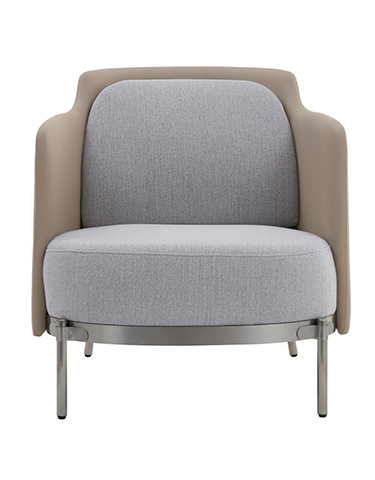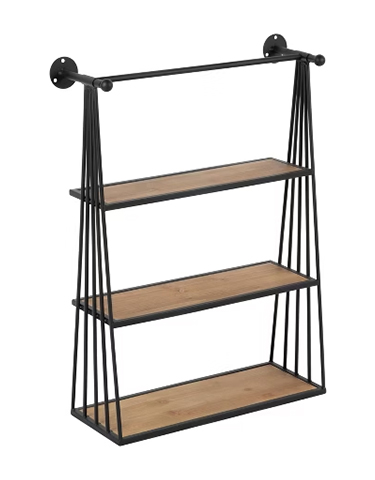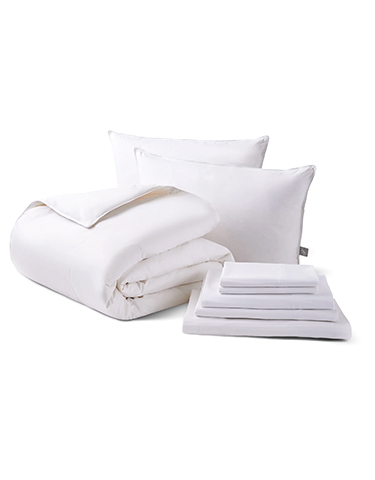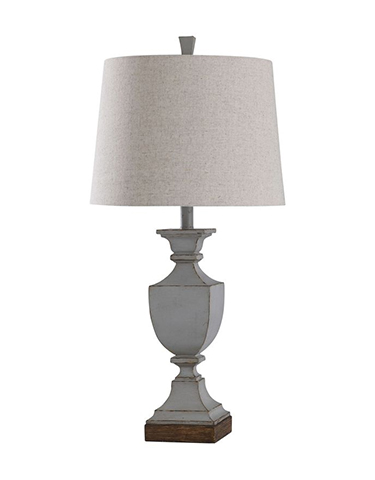Furniture - Creating a Comfortable Environment for Your Home
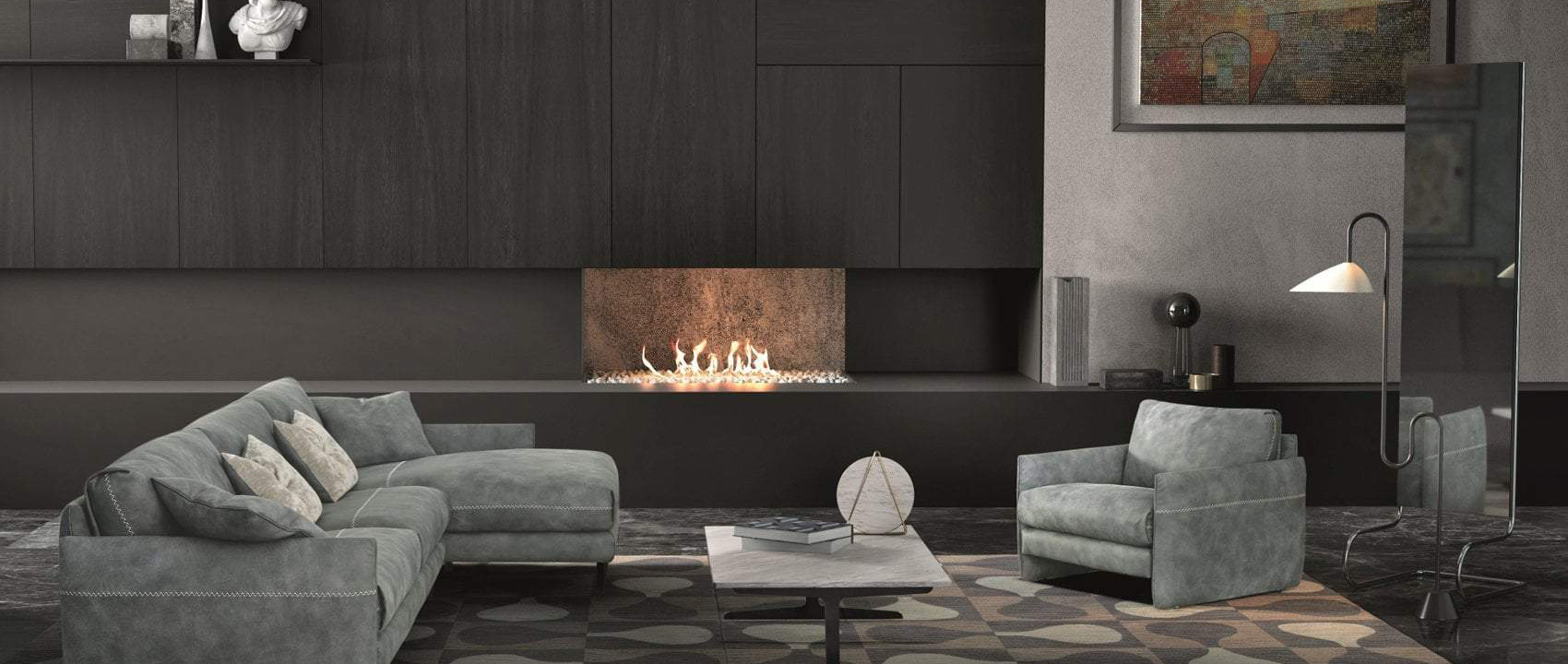
Furniture: The Impact of Design in Creating Comfortable and Appealing Environments
Furniture is not just about fulfilling practical comfort needs in homes and offices; it is an essential element in shaping the spaces around us. Elegant and functional furniture design can make a significant difference in transforming ordinary spaces into ones that reflect personality and beauty. The impact of furniture extends to improving quality of life by providing a comfortable environment that meets our physical and mental needs. In this article, we will discuss how modern furniture design can contribute to creating comfortable and appealing spaces, and how to achieve a balance between functionality and aesthetics in design.
Furniture and Environment Design
The environment we live in directly affects our mood and lifestyle. While furniture is often used as a functional element, its elegant design adds a visual dimension that can make daily life more comfortable and joyful. Elegant and comfortable furniture gives us a sense of relaxation and privacy, enhancing the warmth and comfort of the spaces we live and work in.
Good furniture design considers various factors such as size, shape, and materials used. Furniture that integrates functionality and aesthetics enhances the value of different spaces, whether at home or in the office. Through careful choices of styles, colors, and details, a simple room can be transformed into a space that reflects an individual's personality or improves the workplace environment.
Functional Elegance in Furniture
When we talk about elegant furniture, we don’t just mean simple aesthetic designs but also intelligent functions that serve various individual needs. Modern furniture blends both aesthetic and functional elements, making daily life easier and more enjoyable.
For example, in homes, smart furniture pieces like modern sofas that offer multi-functional uses, such as expanding into beds or additional storage, provide versatility. In offices, adjustable furniture like desks and chairs that can be height-adjusted enhances employee productivity by improving comfort and supporting health.
Elegant furniture creates a balanced atmosphere between comfort and aesthetics, allowing us to feel comfortable in every corner of the space we occupy or work in.
Furniture and Colors: Their Psychological Impact
Colors play a significant role in determining the emotional state within various spaces. The appropriate use of colors in furniture can greatly influence mood and energy. For instance, light colors like white and gray give a sense of openness and expansiveness, making small spaces appear larger and more open. On the other hand, warm colors like red and brown promote warmth and intimacy.
When designing furniture, these factors should be considered to ensure harmony between colors and the overall space design. Furniture that aligns with the appropriate color palette makes spaces more cohesive and enhances the feeling of comfort and aesthetics.
The Balance Between Functionality and Aesthetics in Furniture
The biggest challenge in furniture design is achieving the perfect balance between functionality and aesthetics. Furniture is not only used to meet comfort or organizational needs but also reflects personal taste and lifestyle. Therefore, designers must balance the practical aspects that fulfill individual needs with the aesthetic aspects that provide a unique and elegant touch to spaces.
Furniture that is elegant yet impractical can become a burden, especially if it does not meet daily needs. For example, furniture with an appealing design but lacking necessary functions like comfort or storage can become a hindrance rather than a positive addition. Conversely, furniture that combines modern design with high quality offers a comprehensive experience that meets multiple individual needs.
Dining Table: A Balance Between Functionality and Aesthetics
Dining tables serve as a great example of furniture that integrates both aesthetics and functionality. They are not just pieces for eating but can be used for family gatherings, small parties, or even household work. Therefore, a table design that combines elegance with multifunctional uses represents the ideal solution for balancing aesthetics and practicality.
The elegant design of a dining table can enhance the atmosphere of the kitchen or living room by adding a visual appeal, while offering features like extendable sizes or additional storage drawers to meet changing needs. This not only adds functionality but also adapts to evolving space demands.
Integrated Desks: Enhancing Productivity Through Balance Between Functionality and Aesthetics
Integrated desks represent another example of furniture achieving a balance between functionality and aesthetics. These desks combine modern design with smart features that contribute to improved productivity in office spaces. They offer ample storage for organizing documents and office supplies, along with a design that supports an ideal work environment.
Desks that combine multiple functions like adjustable spaces and shelves offer flexibility, making them ideal for business owners or freelancers who require a comfortable, efficient workspace. Moreover, these desks offer flexibility in use, allowing for improved posture and reducing fatigue associated with long working hours.
The Importance of Balance in Furniture
Regardless of the type of furniture, achieving a balance between aesthetics and functionality is fundamental for successful furniture design. Furniture that achieves this balance demonstrates the ability to meet diverse individual needs while ensuring comfort and quality simultaneously. Whether in homes, offices, or public spaces, functional and elegant furniture enhances user experience and increases satisfaction with the spaces we live or work in.
Furniture and Future Technologies
With the rise of artificial intelligence and virtual reality technologies, furniture is increasingly incorporating advanced features that help users achieve greater comfort and interact with spaces. Furniture that features customization flexibility and integration with digital systems contributes to creating a unique and modern experience in line with current technological developments.
Furniture in Small Spaces: Innovative Design for Optimal Space Utilization
When facing the challenge of small spaces, furniture design becomes essential to improve resource utilization without compromising aesthetics or practical functions. Carefully designed furniture serves as the key to creating comfortable, organized living environments where every inch of available space is utilized intelligently. Whether in compact apartments or modern homes, smart, harmonious furniture provides flexible, effective solutions for creating exceptional living experiences.
The Importance of Innovative Design in Small Furniture
Designing furniture for small spaces requires continuous innovation to meet individual needs with flexibility. Traditional furniture often takes up unnecessary space without offering additional benefits. Hence, innovative design plays a crucial role in providing smart solutions to meet the needs of individuals in limited spaces. For example, compact sofas offer both comfort and storage, providing additional space for cushions and blankets. These sofas promote relaxation within the small space while ensuring efficient storage.
Foldable Tables: Combining Functionality in One Piece
One of the most prominent examples of smart furniture for small spaces is foldable tables. These tables combine both practical and aesthetic functions, offering space-saving solutions when needed. Whether in the kitchen, living room, or office spaces, foldable tables provide multifunctional usability, perfect for varying environments. They offer additional space during gatherings or dining, making them ideal for small spaces.
Multi-Functional Furniture: Enhancing Small Spaces
Multi-functional furniture represents the best solution for optimizing small spaces effectively. Furniture that can transform from one piece to another, such as extendable beds or storage-integrated chairs, provides a smart way to meet diverse needs. With these types of furniture, users can achieve efficient, flexible space utilization without compromising aesthetic appeal.
Aesthetic and Functional Harmony
The greatest challenge in designing furniture for small spaces is achieving a balance between aesthetics and functionality. Well-designed furniture allows for this balance, contributing to a comfortable and suitable living environment. For example, selecting colors and materials that complement the space enhances visual appeal, while smart functions ensure ease of use and organization.
Smart Solutions for Small Spaces
Maximizing small spaces requires intelligent solutions, including furniture designed with unconventional methods, such as hidden drawers or extendable supports. These solutions provide efficient space utilization without compromising aesthetics. Furthermore, thoughtfully designed furniture that blends aesthetics and practicality provides small-space owners with flexibility in daily use, enhancing overall living experiences.
Hidden Drawers: Efficient Space Utilization
One of the most effective solutions for small spaces is hidden drawers. These drawers offer additional storage space without requiring visible extra space. For instance, coffee tables with hidden drawers beneath the surface can serve as both stylish and practical additions. They offer hidden storage for books or personal items, making them ideal for spaces requiring careful organization.
Hidden drawers are not the only solution; there are also beds or sofas with hidden storage, allowing vertical or horizontal space utilization. These solutions offer additional storage without the need for bulky external storage units, making spaces appear more elegant and organized.
Extending Supports: Expanding Space When Needed
Extending supports represent another smart solution for small spaces. These solutions offer flexibility in space usage, allowing furniture to be folded or expanded as needed. For example, extendable tables can be used as small dining tables during daily use, then expanded to accommodate larger groups when hosting events.
Extendable supports enhance efficient use of limited spaces by offering multifunctional options. Such furniture includes adjustable shelves or extendable beds, ensuring flexible space utilization without compromising aesthetics.
Flexibility in Daily Use
Smart solutions in furniture design enhance daily use flexibility. Small spaces often require constant organization while maintaining comfort and aesthetic appeal. Furniture designed with innovative methods provides individuals the ability to adapt to their varied needs easily, making small spaces more efficient and functional.
Furniture with intelligent solutions does not only provide practical benefits but also improves users' mood by providing an orderly, organized environment, making daily life more enjoyable and comfortable.
